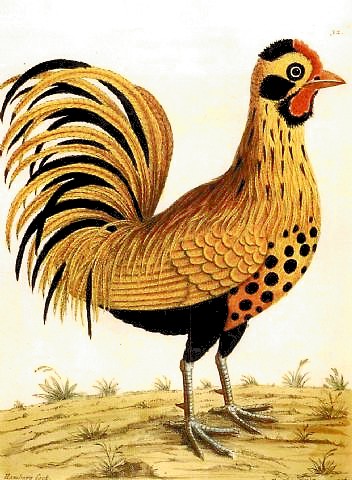Lessico
Eleazar Albin
Eleazar Weiss

Eleazar Albin (circa 1680 – 1741/42) was an English naturalist and illustrator. Albin wrote a number of books including A Natural History of English Insects (1720), A Natural History of Birds (1731-38) and The Natural History of Spiders and other Curious Insects (1736).
Eleazar Albin was a German professional painter who settled in England in 1707, where he married and raised a family, changing his name from Weiss to Albin. He illustrated works on insects and spiders, earning his living by making watercolors of the collections of wealthy patrons, including Sir Hans Sloane, whose collection founded the British Museum.
His work on birds was done late in his life & was the first large English work on ornithology, hand-colored by Albin and his daughter Elizabeth & published initially in London from 1731-1738.
His first book was a 'Natural History of Insects', 1720. Less than 100 copies of his book 'A Natural History of Birds', (issued 1731, 1734, 1738) were produced, this was the first British bird book to have coloured plates. In Albin's notes to the reader he states "As for the paintings, they are all done from the life, with all the Exactness I could either with my own hand, or my daughters, whom I have taught to draw and paint after the life."
As was the custom with many other works of the day, it was sold by subscription.
www.answers.com
Eleazar Albin (circa 1680 – 1741/42) moved to England from Germany in 1707 and continued his work as a professional painter and teacher. He developed a fondness for the natural world, particularly insects and he eventually cultivated a living illustrating private collections for wealthy patrons (including Sir Hans Sloan, a founder of the British Museum).
Such was his reputation that Albin was offered an opportunity to illustrate the natural world of the Carolinas in America which he turned down. Mark Catesby achieved lasting fame as a natural science artist in his place.
Albin is best known for 3 books: A Natural History of English Insects (1720), A Natural History of Birds (1731-38) and The Natural History of Spiders and other Curious Insects (1736). The pervading attitude in the early 18th century was that the study of insects was pointless and unworthy for a person of science. But Albin chose his influences well.
It's easy to see from looking at the work of Maria Sibylla Merian and Robert Hooke where Albin derived his inspiration. {In the case of the famous Hooke microscope images it was more or less unattributed plagiarism by Albin, but he was not alone in this practice and in fact Hooke himself had copied snowflake images elsewhere without revealing the source}
A Natural History of Birds was the first ornithological book to have colour illustrations. Most of the hand-colouring was done by Albin's daughter Elizabeth. Though more artistic than scientific, it was a significant publication that was itself copied and improved upon subsequently.
http://bibliodyssey.blogspot.com